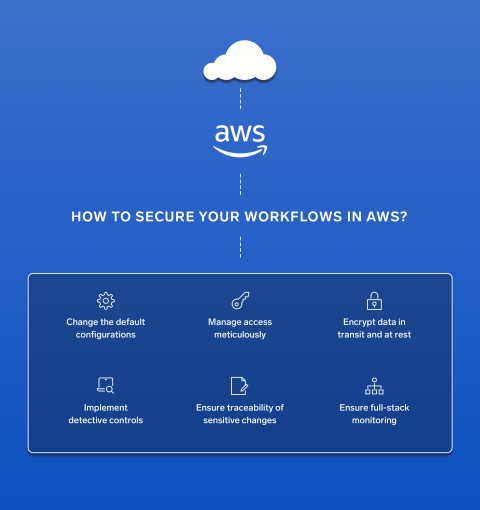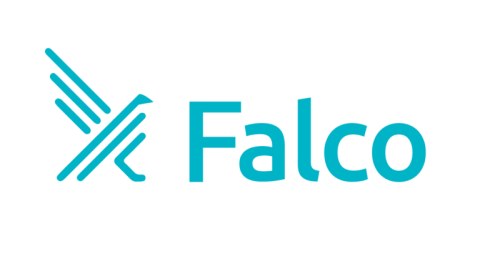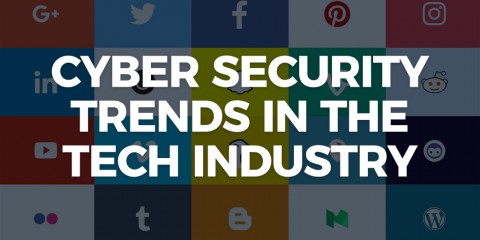6 steps to secure your workflows in AWS
On AWS, your workloads will be as secure as you make them. The Shared Responsibility Model in which AWS operates ensures the security of the cloud, but what’s in the cloud needs to be secured by the user. This means that as a DevSecOps professional, you need to be proactive about securing your workloads in the Amazon cloud. Achieving the optimal level of security in a multi-cloud environment requires centralized, automated solutions.










